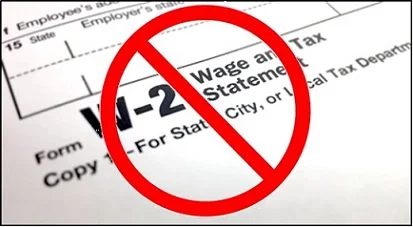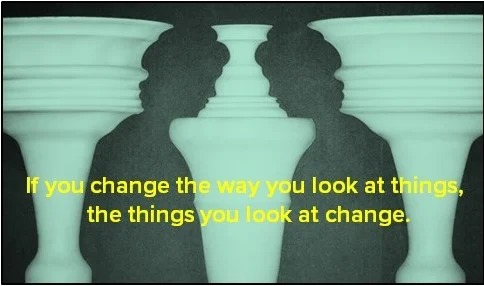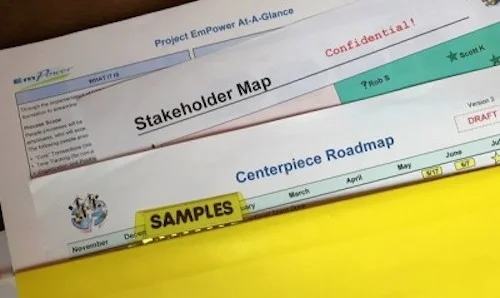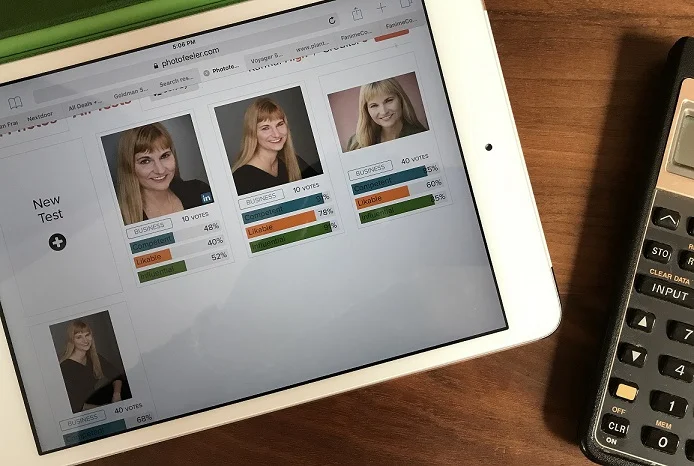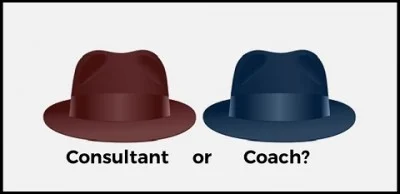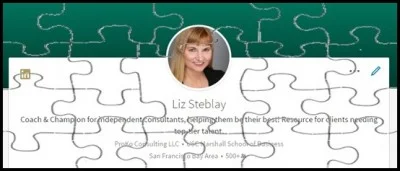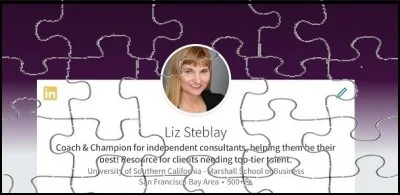Tap Into Consulting's Secret Club to Grow Your Business
/Last August I wrote a blog post about how labels matter, specifically that you should make more money by calling yourself a consultant instead of a contractor. But it’s not just about labels and language. It’s not enough to simply replace contractor with consultant on your résumé and LinkedIn profile.
I’ve been studying the LinkedIn profiles of various contractors and consultants I know and reflecting on how they usually get their work. What differentiates the well-paid rock stars of consulting from the plug-n-play contractors? Several variables affect the person’s brand. They include prior work experience (internal with a company vs an external consultant with a firm), their consulting niche, and how they market themselves, but the real difference is how they find and frame their work.
Contractors find work through agencies or staffing firms while consultants are more likely to find work on their own, usually as a result of their professional network.
Read More









